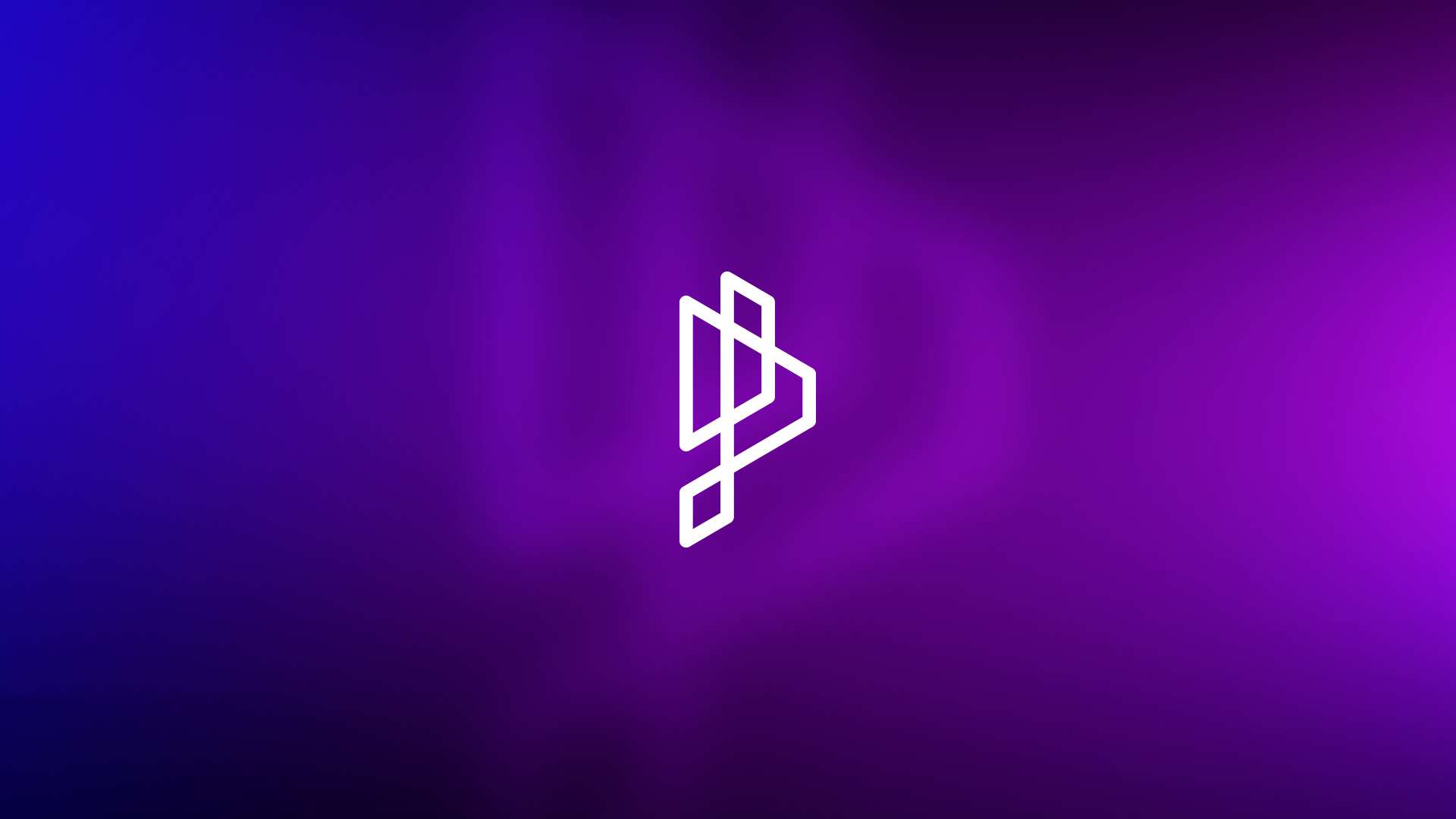Remember the days of dial-up internet?
To be honest, the majority of people online today may not.
The name “dial-up” internet comes from the way early users had to physically dial a phone number to connect to the internet. Sharing a single internet connection and phone line with everyone in the house seems like a sick reality that you wouldn’t wish on your worst enemy.
Yet, at the time, that single internet connection was considered a miraculous leap forward in expanding society’s access to information.
Fast forward to 2023, and the multi-trillion-dollar tech industry is one of the largest in the world. With the average person spending nearly a third of their day on their mobile device, user data has turned into an extremely valuable commodity for corporations and governments across the globe. Without reading the terms of service, you know that every click, like, and share you make on that app/webpage will be collected for targeted advertisements.
To an extent, it is reasonable for website owners to have control and collect data of its users, just as it is understandable for banks to charge fees for safeguarding and managing their client’s money. However, issues can arise when users have no choice but to rely on these third-party intermediaries for essential services and products.
Whether it is a social media platform, a financial institution, or an online retailer, these companies have proved themselves as essential intermediaries, and it’s challenging for users to opt-out or find alternatives.
Given society’s dependence on technology, it seems we have no choice but to click, “I Agree,” and go about our day. Right?
Well, that’s where “Web3” comes in!
Web 3.0: A Decentralized version of the internet
In short, Web3 is essentially a different way of using the internet. Instead of websites being owned or controlled by a centralized authority (such as a company or government), they operate in a decentralized manner. The software used to run decentralized internet applications is called blockchain technology.
Without getting too technical, a blockchain is a network of multiple servers or individual personal computers around the world that work together to validate and record transactions.
Anyone can run these computers, and they are incentivized to do so by earning rewards such as cryptocurrency. All interactions are encrypted and displayed on an immutable public ledger, similar to an Excel sheet of data, that logs the user’s interactions with the Web3 application.
By creating an encrypted digital identity and connecting it to decentralized Web3 applications, individual users now have full custodial access as they transact online without the need for a middleman.
Web 1.0 and Web 2.0: A centralized version of the internet
Prior to the integration of decentralized technology on the web, a technical distinction between the various ways the internet is used wasn’t nearly as talked about as it is today.
Compared to Web3, Web1 and Web2 were both predominantly centralized and had several overlaps. Thus, explaining their basic concepts can help give a better understanding of how Web3 evolved.
Web1, also known as the “read-only web,” was the primitive version of the internet where users could only consume content, such as reading articles and viewing images on a website. Emerging in the early 1990’s, the internet was a simple, one-way communication tool that primarily served to disseminate information.
The evolution of Web2, or the “read-write web,” in the early 2000s marked a major shift in the development of the internet.
During this time, websites began to incorporate more dynamic and interactive elements, such as social media platforms and online forums, which allowed users to actively participate and create content online. To this day, the ability to send and receive data instantly has shaped nearly every aspect of modern society, including social networking, e-commerce, and multimedia content.
Web3, or the “read-write-own web,” is a term coined to describe the current iteration of the internet, which is being built using decentralized technology.
Web3’s focus is to return control to users, allowing them to own and govern the digital services they use. In some cases, founders of a Web3 protocol may create a corporation due to the network requiring liability and legal compliance. However, the fundamental principle of Web3 is that the network is powered, controlled, and governed by its users, rather than an individual owner.
In other words, Web3 is a more democratized and decentralized version of the internet, putting power back into the hands of the users rather than centralized entities.
Conclusion…
Although there is no single definition for Web3, decentralized technologies like blockchain and peer-to-peer networks undoubtedly allow us to interact online with more privacy and control than ever before.
While decentralized access to the internet is still relatively new, the potential benefits of a frictionless network cannot be understated. For the first time, anyone around the world with internet connection can access a global ecosystem where they can build, create, and most importantly, take full ownership and custody of their digital interactions.
As they say, the only constant in life is change. And Web3 is potentially the change that empowers the individual user to better themselves and their community by enabling them with democratic access to opportunity.















